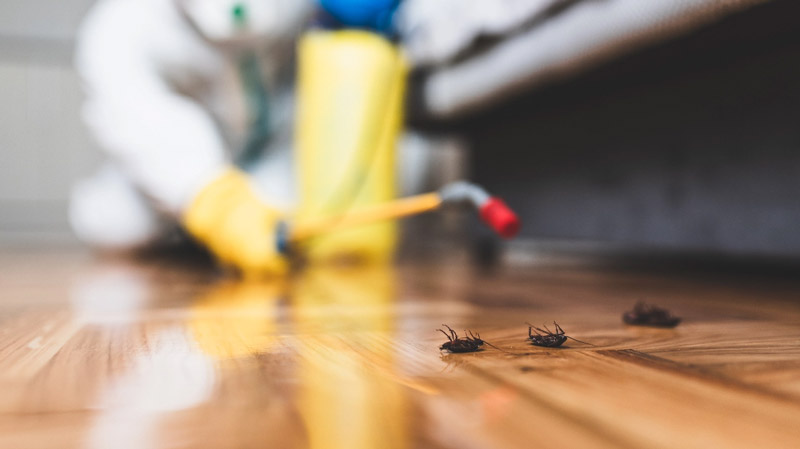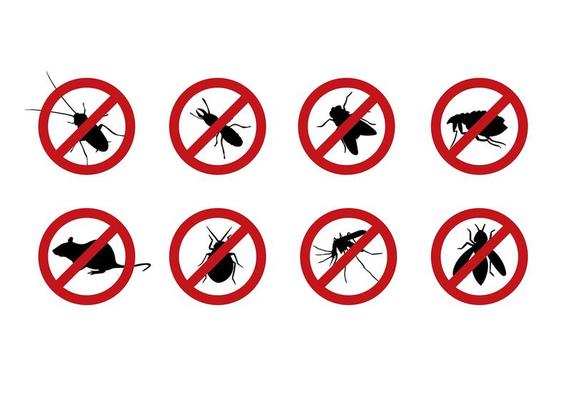Rapid Response Times for Pest Issues with Pest Control Lockhart
Rapid Response Times for Pest Issues with Pest Control Lockhart
Blog Article
Discovering Invasion and Therapy Techniques in the Globe of Insect Control
The landscape of parasite control includes a myriad of challenges, particularly as problems of typical household bugs continue to evolve. By incorporating precautionary steps with innovative administration strategies, such as Integrated Pest Monitoring (IPM), property owners can better guard their atmospheres.

Typical Home Vermin
When it concerns handling our space, comprehending usual house pests is critical. These insects not just interrupt our comfort but can likewise posture health dangers and damages residential or commercial property. The most common family pests include ants, cockroaches, rodents, termites, and bed bugs.
Ants, commonly seen foraging in cooking areas, can infect food and establish big colonies. Roaches, recognized for their strength, can trigger allergic reactions and spread pathogens. Rodents, including mice and rats, can cause structural damage and bring conditions like hantavirus and salmonella. Termites, usually described as "quiet destroyers," can compromise the honesty of wood structures, resulting in pricey fixings. Bed insects, although not disease carriers, can trigger significant pain with their attacks and lead to emotional distress.
Recognizing the indications of these insects, such as droppings, nests, or attack marks, is vital for early treatment (Pest Control Lockhart). Appropriate sanitation methods, securing entry factors, and keeping a clutter-free environment are effective preventative procedures. By identifying these typical household bugs and recognizing their actions, property owners can take aggressive actions to mitigate infestations, making sure a much healthier living atmosphere
Comprehending Parasite Infestations
Pest infestations can intensify promptly, turning a small annoyance into a significant problem if not dealt with promptly. Comprehending the nature of these problems is vital for efficient management. Parasites can invade property and business spaces for various reasons, consisting of the look for food, shelter, or breeding grounds. Usual factors adding to problems include inadequate hygiene, structural susceptabilities, and seasonal modifications that drive insects inside.
Determining the type of insect is important, as different types display different actions and reproductive prices. Rats might develop nests in covert locations while pests like roaches thrive in moist atmospheres. Early discovery typically rests on identifying indicators such as droppings, nibble marks, or uncommon sounds, which can suggest an issue before it becomes severe.
Cozy, moist climates can facilitate the quick growth of bug populaces, while adjustments in landscaping or building and construction can inadvertently create conducive environments. An enlightened method to recognizing these dynamics lays the groundwork for efficient bug monitoring approaches in the future.
Therapy Approaches and Techniques
Reliable treatment approaches and techniques are vital for mitigating parasite infestations and restoring a risk-free setting. A multifaceted approach is frequently best, incorporating chemical, biological, and mechanical methods tailored to the certain insect and the extent of the infestation.
Chemical treatments include the usage of pesticides and herbicides, which can efficiently remove parasites. Nonetheless, proper application and adherence to safety standards are crucial to lessen dangers to human beings and non-target microorganisms. Integrated Pest Monitoring (IPM) encourages the cautious use chemicals as a last resource, counting rather on monitoring and threshold levels to identify intervention requirements.
Organic control methods involve introducing all-natural predators or parasites to minimize bug populaces. This technique is significantly preferred, specifically in farming settings, as it advertises ecological sustainability.
Mechanical approaches, such as traps and obstacles, supply instant remedy for bugs without presenting chemicals. Options include sticky traps for insects or physical barriers for rodents.
Eventually, the option of therapy approach should take into consideration the particular parasite, the atmosphere, and prospective effect on human wellness and environments. A balanced combination of these strategies can effectively take care of problems while More Help advertising lasting parasite control solutions.
Safety Nets for House
Proactively dealing with insect problems before they rise is crucial for keeping a healthy and balanced home setting (Pest Control Lockhart). Carrying out reliable safety nets can considerably lower the probability of invasions, inevitably guarding both your property and health

Appropriate landscaping also plays a crucial function in avoidance. Keeping hedges and trees trimmed away from the house decreases the chances of bugs locating their way inside. Guarantee that water drainage systems are functioning effectively to protect against standing water, which can attract in insects and other insects.
Finally, routine examinations are advisable. Frequently looking for indicators of insect activity enables for very early treatment. By adopting these precautionary procedures, property owners can create an environment that is less congenial to insects, thereby boosting their general high quality of life and decreasing the need for extensive parasite control interventions.
Commercial Bug Control Techniques
A detailed technique to commercial bug control is vital for companies intending to keep a risk-free and sanitary environment. Reliable techniques involve a combination of normal evaluations, staff member training, and the implementation of Integrated Parasite Management (IPM) techniques.
Normal evaluations make it possible for early detection of parasite task, permitting prompt intervention. Services must establish a regular timetable for these assessments, his comment is here concentrating on risky locations such as kitchen areas, storeroom, and garbage disposal websites. Staff member training is just as crucial; staff must be informed on the indications of parasite problems and the importance of reporting them instantly.
Applying IPM techniques aids mitigate insect problems sustainably. This consists of habitat alteration, such as securing access points and minimizing clutter, as More Help well as employing all-natural deterrents prior to considering chemical therapies.

In addition, teaming up with a qualified parasite control company ensures accessibility to professional knowledge and advanced treatment alternatives. This partnership can lead to tailored pest control prepares customized to the particular needs of the service, reducing threats and improving total effectiveness. Inevitably, a proactive and informed technique promotes a pest-free environment, safeguarding both public wellness and business online reputation.
Conclusion
In verdict, efficient pest control demands a thorough understanding of typical household parasites and their habits, paired with targeted therapy methods. Carrying out preventive measures together with treatment techniques such as Integrated Insect Administration and organic control improves the ability to reduce problems.
Report this page